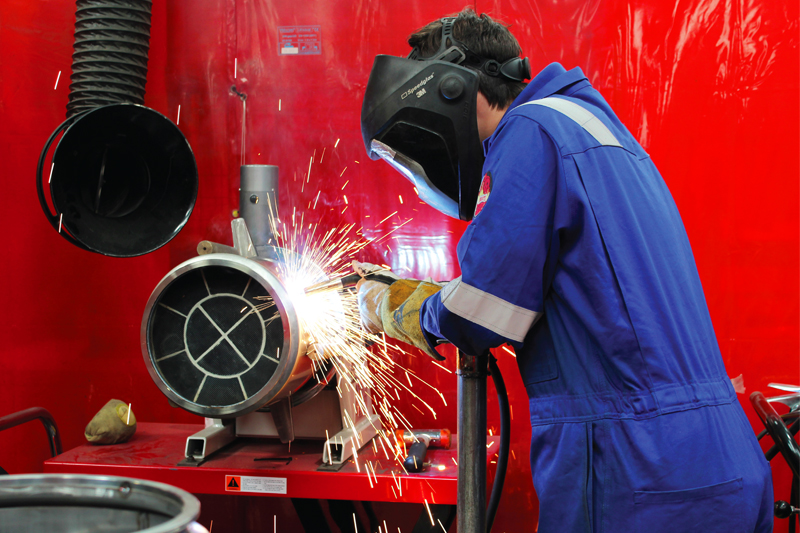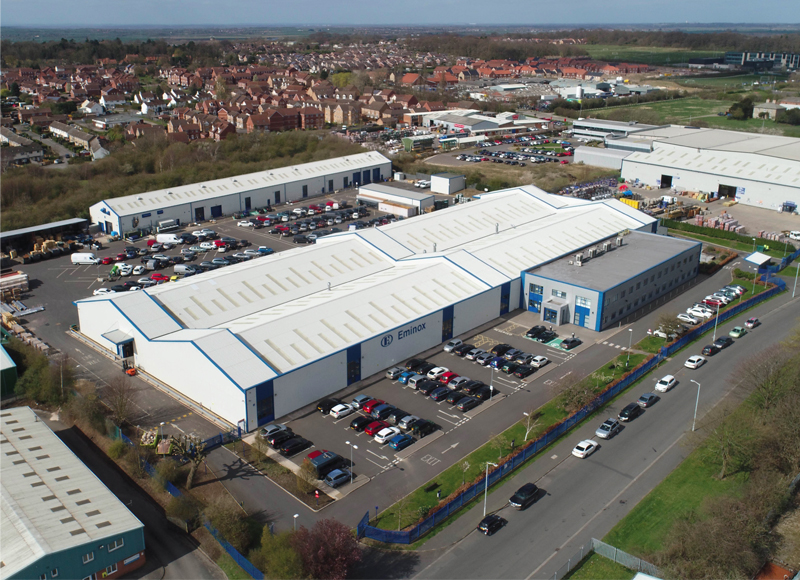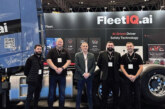
Dr Dave Phillips, engineering director, Eminox, explains what is being done to assist fleet owners and managers to achieve emissions compliance, and what the future looks like as the journey to net zero continues.
It seems there is barely a week passes by without news of how the UK and beyond is going to meet the ambitious net zero targets pertaining to our vehicles.
With the Euro 7 targets being confirmed just a few weeks ago, thoughts are now turning, in the commercial vehicle world, as to what the impact will be, and how fleets will be able to meet those targets in the required time frame whilst balancing costs.
Zero emission fleets in the UK
Just a few months ago there was the news that over £200m of Government funding would be given to launch the world’s largest fleet of zero emission HGVs to UK roads. As part of the plan, it outlined strategies to eliminate fossil fuels from HGV haulage to help to reduce delivery costs and protect consumers from rising fuel prices in the long term. Furthermore, as part of world leading pledges made by the Government at COP26, it stated it would ensure all new HGVs sold in the UK would be zero emission by 2040.
Whilst this is a valuable step to achieving environmental objectives in the future, there is also the very serious question of how we make existing vehicles compliant with the latest emissions regulations, now.

Emissions solutions supporting the transition to a greener future
This is where robust and reputable exhaust aftertreatment systems (EATS) come into force. Delivering a reliable and cost-effective option on the journey to net zero, retrofit solutions offer a way of upgrading fleets to achieve current Euro 6 equivalent legislative standards.
By reducing nitrogen dioxides (NOx) and particulate matter (PM) levels generated through vehicles’ exhaust systems, public health is protected, and air quality is improved making the vehicles emissions safer for those exposed to them.
Simply, EATS technologies help ensure fleets are reliable and agile and removes the emphasis from the costly process of having to buy new just to become emissions compliant. This is because successful emissions compliance does not have to mean replacing an older HGV or fleet, it’s about finding ways which best support your business, and this can also mean finding tangible solutions to achieve the same end goal whilst balancing time and cost efficiencies.
What the future looks like
In the shorter term, the official estimates of Euro 7 emissions improvement for trucks and buses, over and above the current Euro VI standard, puts NOx reduction at 56% and exhaust particulate at 39%. This does, however, need to be put into context in relation to the engine out emissions, and, by that measure, the potential emissions reduction is more like an extra 2-5 percentage points.
 5
5
Beyond that, what is clear, is there is still a place for the internal combustion engine, albeit powered by alternative fuels. These fuels will include hydrogen, ammonia, methanol, e-diesel, biodiesel, and fugitive methane. Many of these alternative fuels are reliant on one common element, hydrogen. Without an abundance of hydrogen from low carbon sources it is not possible to synthesise low carbon ammonia, methanol, or e-diesel.
Whilst this all may seem a little daunting, it is reassuring to know Eminox is prepared for Euro 7 and will continue seamless supply of its EATS to support current requirements across all transport applications, whilst driving forward research and collaborative projects.
Finding the balance of driving forward emissions regulations, and not wasting what we have already, must be a primary consideration and this is where emissions technology solutions are the real game changers in delivering the best possible emissions standards, protecting public health, and improving air quality now, and in the future, no matter the vehicle type or fuel source.









